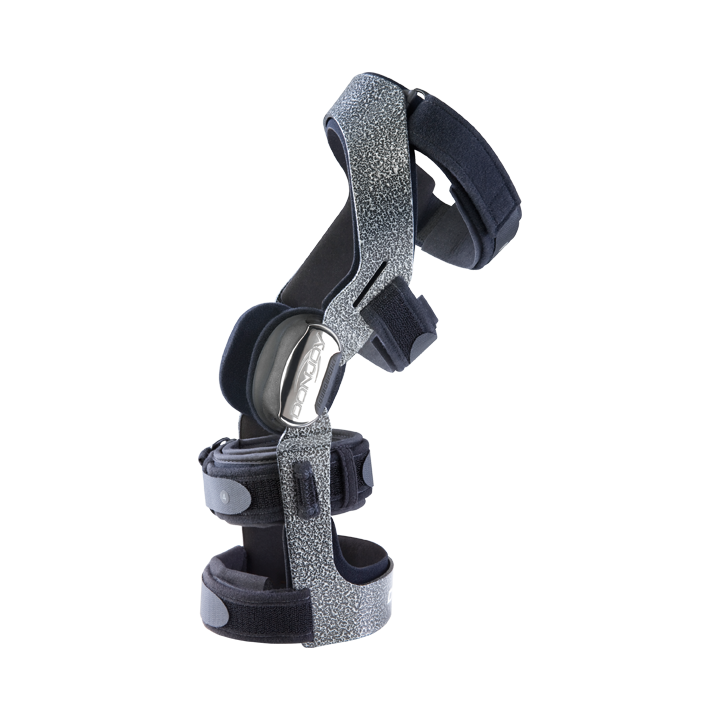Uncategorized
WHAT ARE ACL INJURIES?
Ligaments are elastic bands of tissue that attach bones together. In the knee, four ligaments connect the thighbone (femur)to the shin bone (tibia), allowing the knee joint to move and rotate with strength and stability. The anterior cruciate ligament (ACL), located in the center of the knee, controls forward movement and rotation, and helps prevent the knee from Hyperextending.
ACL injuries happen when too much force is placed on the ligament and the tissue is stretched or torn. ACL sprains and tears most often result from sudden stops, abrupt changes in direction, or jumping and landing — all common movements in sports such as soccer, football and basketball. Less often, ACL injuries happen when players collide.
An injured ACL causes the knee to
“give out” and become unstable.
The knee becomes swollen, painful
and weak; depending on the
severity of the injury, it may
be unable to bear weight.
- https://www.beaumont.org/conditions/acl-tears
- Griffin LY, Albohm MJ, Arendt, EA, et al. Understanding and Preventing Noncontact
Anterior Cruciate Ligament Injuries: A Review of the Hunt Valley II Meeting, January - American Journal of Sports Medicine. 2006 34:9. 1512-1532.
- https://www.ncbi.nlm.nih.gov/pmc/articles/PMC5577417/

